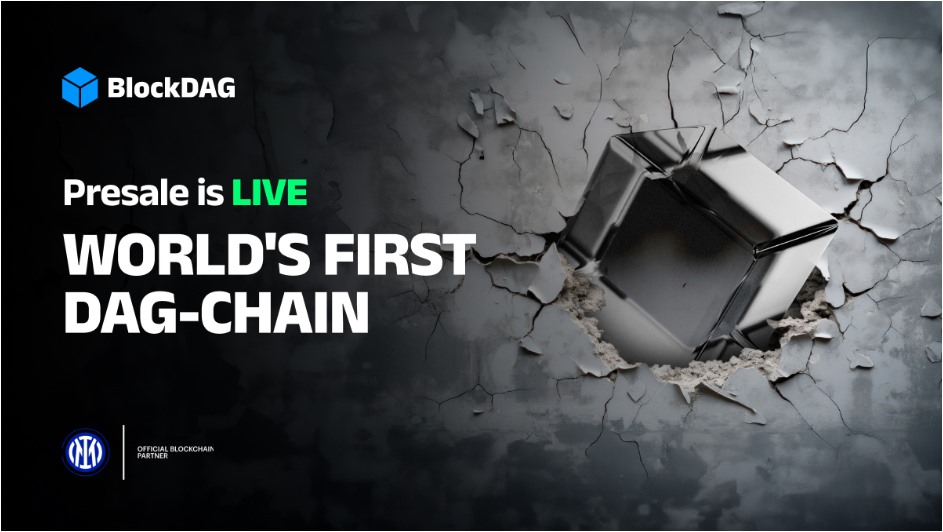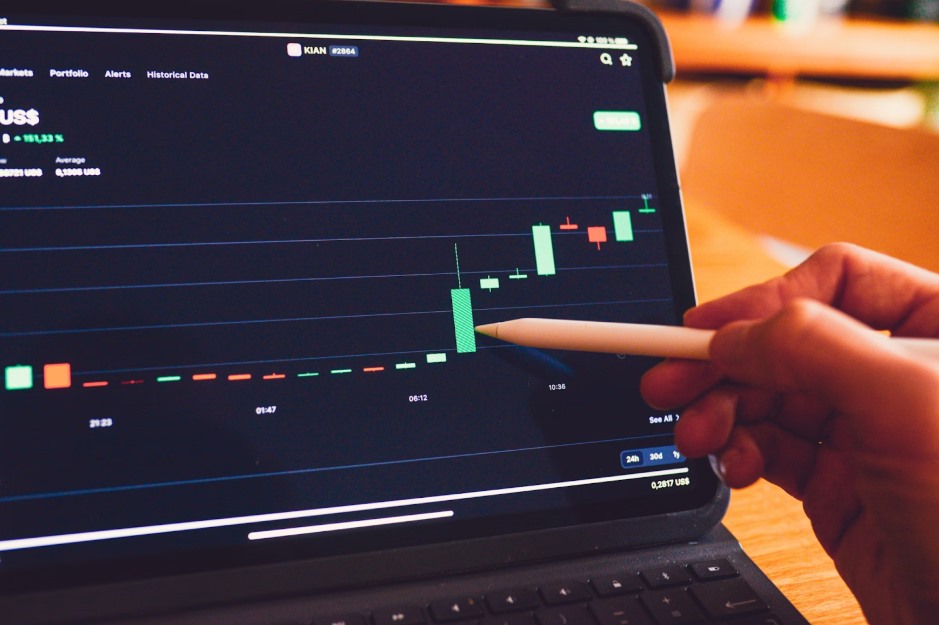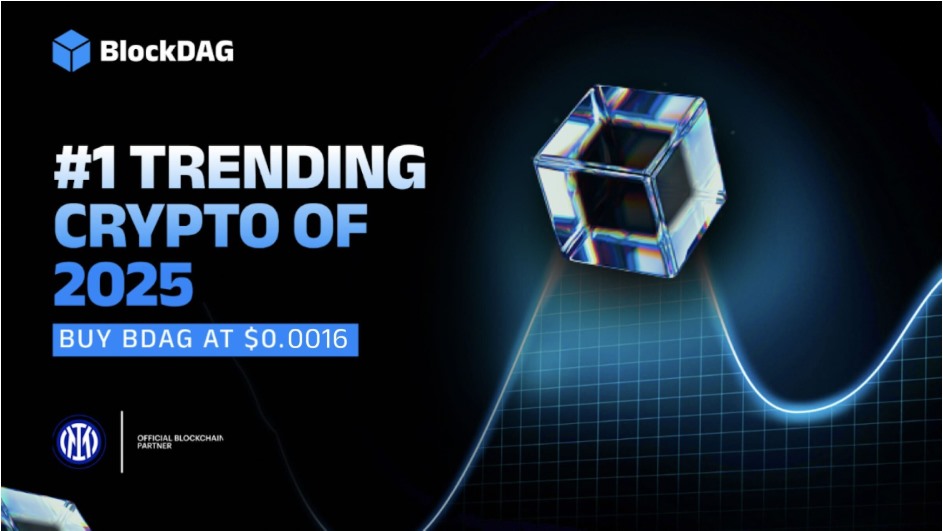For over ten years, blockchain developers have tried to solve a major technical hurdle, the tradeoff between scalability, security, and decentralization, known as the blockchain trilemma. Most projects succeed in two areas but fall short on the third. BlockDAG is trying a new solution, blending Directed Acyclic Graph (DAG) architecture with a refined Proof-of-Work (PoW) mechanism.

The goal? To handle thousands of transactions per second while keeping the decentralized, secure framework that traditional PoW systems like Bitcoin rely on. With $360 million in presale funding, over 2.5 million users, and 24.6 billion BDAG coins sold, BlockDAG is capturing attention across the crypto community. But does its technology really solve the trilemma? Let’s find out.
DAG Technology Powers High-Speed Transactions
DAG enables asynchronous transaction processing, eliminating the need for fixed-interval blocks. Unlike conventional blockchains where transactions wait in blocks, DAG lets transactions validate each other in real-time, forming a constantly moving web of confirmations.
BlockDAG’s DAG layer supports speeds between 2,000 and 15,000 transactions per second (TPS). That’s far beyond Bitcoin’s ~7 TPS or Ethereum’s ~30 TPS.
But here’s the twist: BlockDAG doesn’t rely on DAG alone. Unlike DAG-only platforms like IOTA or Nano, it adds a PoW consensus layer to secure the transaction order. This allows fast confirmations without giving up trustlessness or decentralization.
Modified PoW Ensures Security & Distributed Trust
BlockDAG uses a custom version of Proof-of-Work to validate transactions, prevent spam, and stop Sybil attacks. More than 18,940 ASIC miners have been sold, and over 2.5 million users are active on the X1 mobile mining app.
The PoW component confirms that transactions aren’t just fast, they’re also secure and widely validated. It spreads consensus across miners globally, making it tough for bad actors to interfere.
Here’s how it works:
- Transactions first flow through the DAG, gaining peer confirmations instantly.
- PoW miners then lock in the transaction order and secure the overall network.
- Current tests show the system can handle up to 10 blocks per second, proving it’s both fast and secure.

This setup lowers congestion and reduces energy use compared to Bitcoin, while still allowing anyone to take part in mining without permission. It also boosts transaction reliability and finality, two areas that usually suffer in high-speed systems.
Why This Tech Could Be a Game Changer
BlockDAG offers developers a familiar and fast environment. Since it’s EVM-compatible, smart contracts written in Solidity can run directly on the platform. On top of that, a low-code builder makes it easier for newcomers to create smart contracts without advanced coding.
Users aren’t left out either. The X1 mobile miner allows simple mining from smartphones, while the upcoming Cold Wallet will support secure storage. Plus, BlockDAG’s Demo Exchange is already live, letting users buy BDAG with real funds and simulate selling.

By making the network usable even before the mainnet, BlockDAG addresses both technical and adoption barriers head-on.
Is BlockDAG Actually Tackling the Trilemma?
BlockDAG’s hybrid of DAG and PoW is a serious attempt to solve one of blockchain’s biggest issues. It doesn’t rely on buzzwords or unproven methods. Instead, it blends the proven reliability of PoW with DAG’s scalability benefits to form a robust foundation for growth.
The numbers speak for themselves. BlockDAG’s presale price is $0.0016, and its listing price is locked at $0.05, a 3025% return for early buyers. If the full token supply circulates, the network’s fully diluted valuation could reach nearly $5 billion.
For those looking at the future of blockchain networks, BlockDAG may be more than just another project. It could become the leading example of how hybrid consensus can move Layer 1 infrastructure forward.
Presale: https://purchase.blockdag.network
Website: https://blockdag.network
Telegram: https://t.me/blockDAGnetworkOfficial
Discord: https://discord.gg/Q7BxghMVyu
Disclaimer: The statements, views and opinions expressed in this article are solely those of the content provider and do not necessarily represent those of Crypto Reporter. Crypto Reporter is not responsible for the trustworthiness, quality, accuracy of any materials in this article. This article is provided for educational purposes only. Crypto Reporter is not responsible, directly or indirectly, for any damage or loss caused or alleged to be caused by or in connection with the use of or reliance on any content, goods or services mentioned in this article. Do your research and invest at your own risk.

